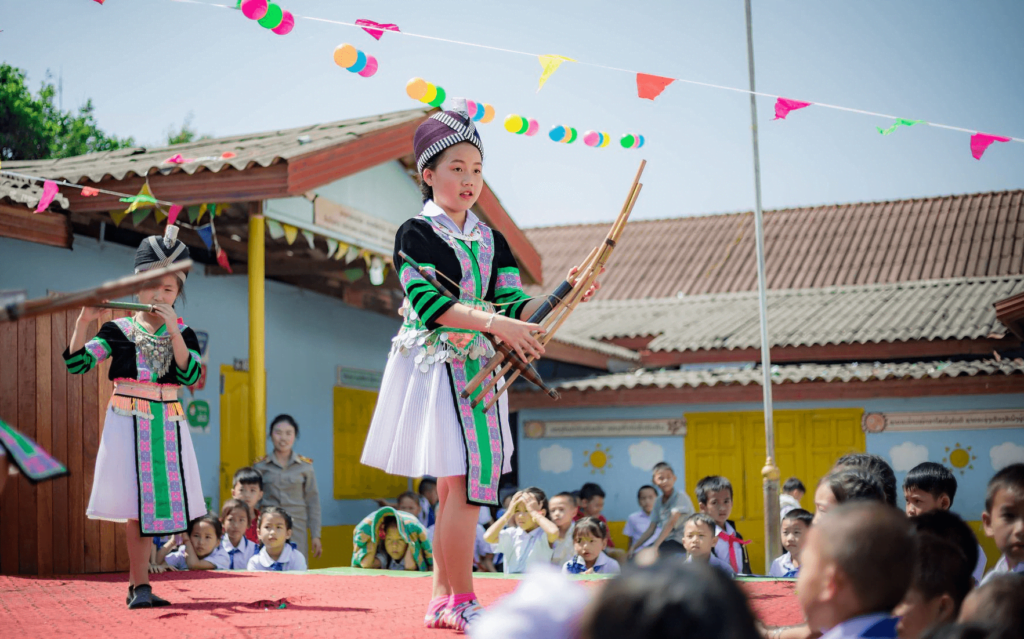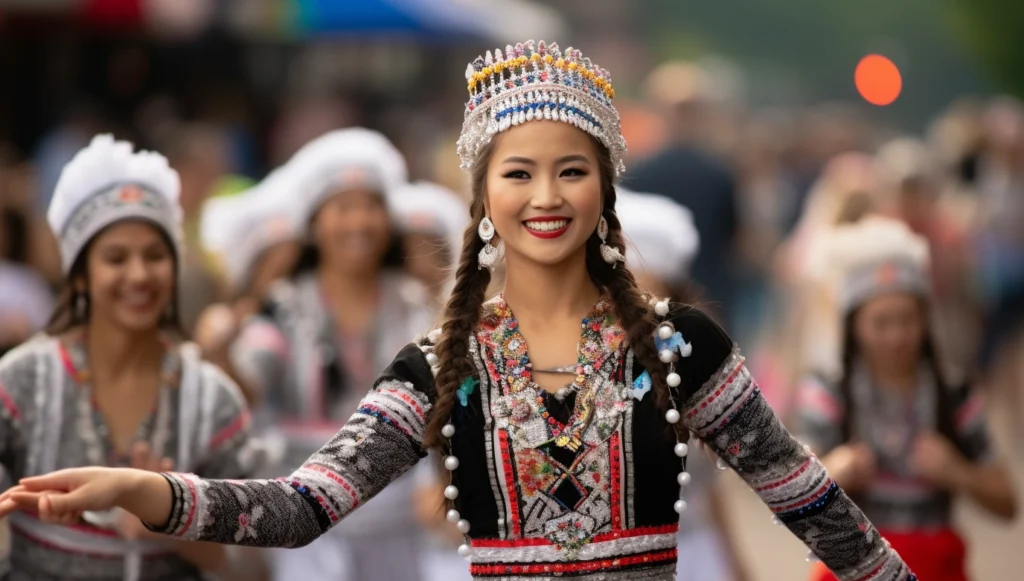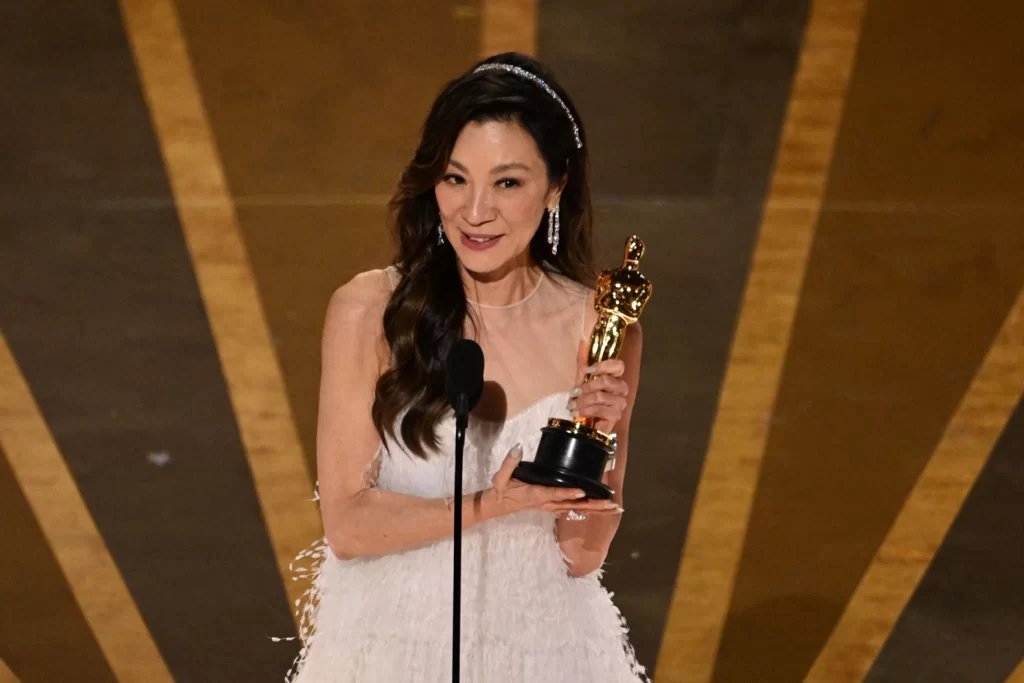
The Complexities of Classifying Asian Ethnicities in Minnesota
Minneapolis, MN – The U.S. Census Bureau is facing backlash from Minnesota lawmakers over its broad categorization of Asian ethnic groups in the state. Critics argue the current system fails to capture the rich diversity of Asian communities and overlooks the unique needs of each population.
“When you lump all Asians together as one monolithic group, you erase the vibrant cultures, languages, and experiences that make each community special,” said State Senator Foung Hawj, himself an immigrant from Laos. “This blanket classification perpetuates harmful stereotypes and prevents our state from truly understanding the demographics of our Asian residents.”
Minnesota is home to one of the largest Asian populations in the Midwest, with at least 15 distinct ethnic groups represented from China, India, Vietnam, Korea, the Philippines and beyond. However, the Census Bureau primarily divides Asians into two sweeping categories on surveys and data reports: “Asian” and “Asian-American.”
While meant to simplify analysis, experts say this glosses over key differences between Asian ethnic groups that are crucial for policy-making.
“Each community has unique needs when it comes to language access, healthcare, economic opportunities and more,” said Sociologist Elaine Kim of the University of Minnesota. “When state funding and resources are allocated based on oversimplified Census data, some groups inevitably get left behind.”
Lawmakers argue the current system hides socioeconomic disparities affecting certain Asian populations in Minnesota. For instance, census data may indicate above average incomes for “Asians” as a whole, while poverty and lack of access to social services remain major issues in some communities, like Hmong Americans who largely immigrated as refugees.
“We cannot develop responsive, equitable policies when we treat all Asians as a monolith,” said House Rep. Samantha Vang, chair of the Asian-Pacific Caucus. “Our state must recognize and empower each distinct Asian group if we want to address systemic needs.”
Advocates are urging the Census Bureau to take a more granular approach and allow Minnesota residents to report their specific Asian ethnicity where possible. They hope improved data collection will lead to better allocation of government resources, as well as increased AAPI political representation.
“Each of our stories and struggles deserve to be told,” said Bao Vang of the Council on Asian-Pacific Minnesotans. “Broad labels and boxes simply don’t capture the beautifully complex tapestry of Asian Minnesotans.”
While revising ethnic classifications poses challenges, many argue it’s necessary for the Census to accurately reflect the nation it surveys. As Minneapolis continues to grow more diverse, understanding and celebrating its multicultural fabric in all its richness will be more vital than ever.









Responses